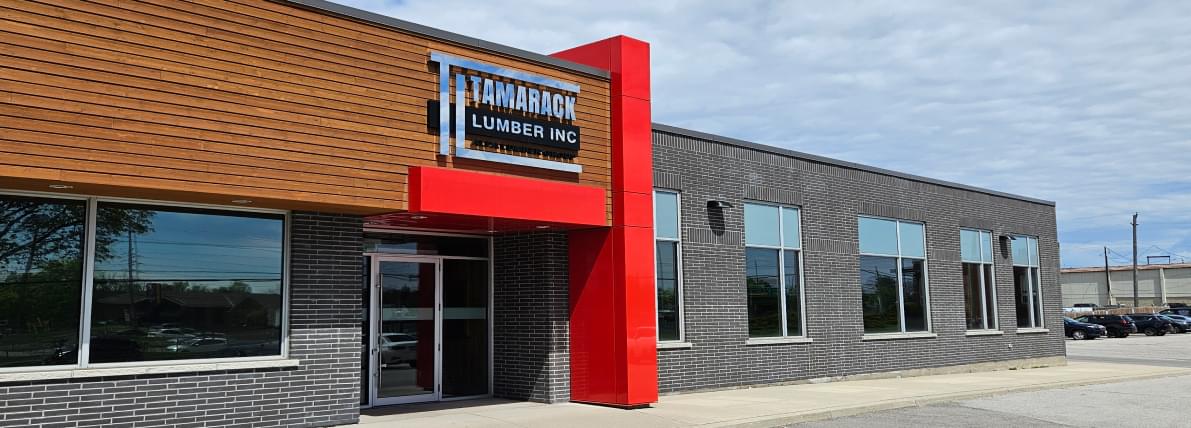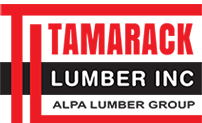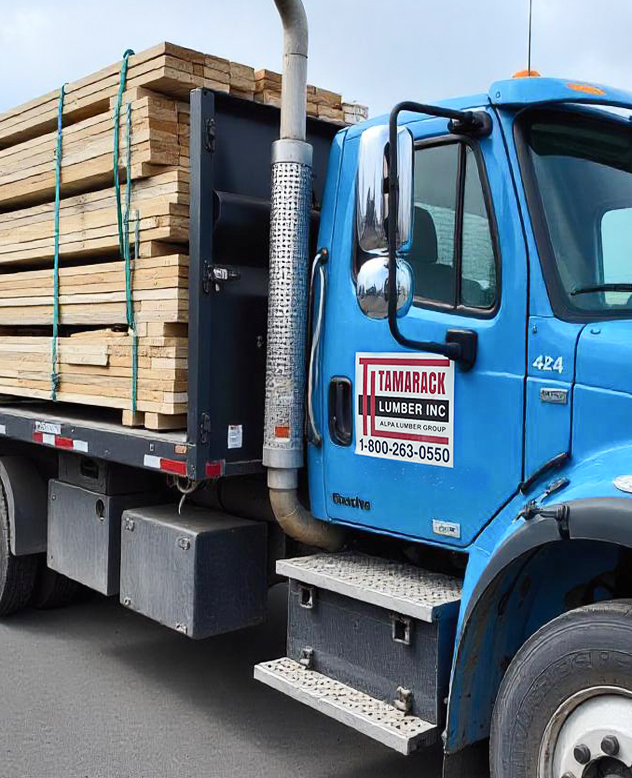
Common Materials Used By Interior Designers For Moulding
Interior design makes living spaces aesthetically pleasing. Homes, restaurants, cafes and offices rely on talented interior designers to make their spaces appealing and livable. An Interior designer combines art and science to offer the best design to the clients. Beautiful home decor requires unique designs and decorative materials.
Mouldings are crucial decorative trims used by interior designers on a regular basis. The main purpose of moulding is to bridge the transition between two objects. Mouldings are mostly made of Gypsum and wood. You can turn to Tamarack Lumber Inc for the best mouldings in Oakville. In this blog, let us check out various materials used to make decor mouldings.
Common Materials Used By Interior Designers For Moulding
PVC:
Polyvinylchloride or PVC mouldings are widely used in interior designs. PVC is a type of synthetic plastic that can be moulded and shaped as per requirement. Interior designers, contractors and builders use PVC for trim work as they do not crack, chip, rot or get prone to insect infestation. They are also water-resistant.
Gypsum:
Gypsum is another popular material used for mouldings and trims. It is a soft material composed of calcium sulphate dihydrate. Gypsum is cost-effective, durable, lightweight and easy to mould as per the design. However, this mineral is prone to water retention and poor installation might lead to cracked trims.
Wood:
The use of wood mouldings is one of the most preferred and traditional methods in interior decor. Wood covings facilitate long life and thus they are cost-effective in the long run. Many types of hard and soft woods like Timber, Oak, Maple, Teak, and Walnut, among others, are used for mouldings. Additionally, it is relatively easier to cut, trim and shape wood as per the design needed.
If you are looking for fine-quality wood for mouldings in Oakville, then Tamarack Lumber Inc is the right place for you. We are also an expert in engineered roof trusses.

